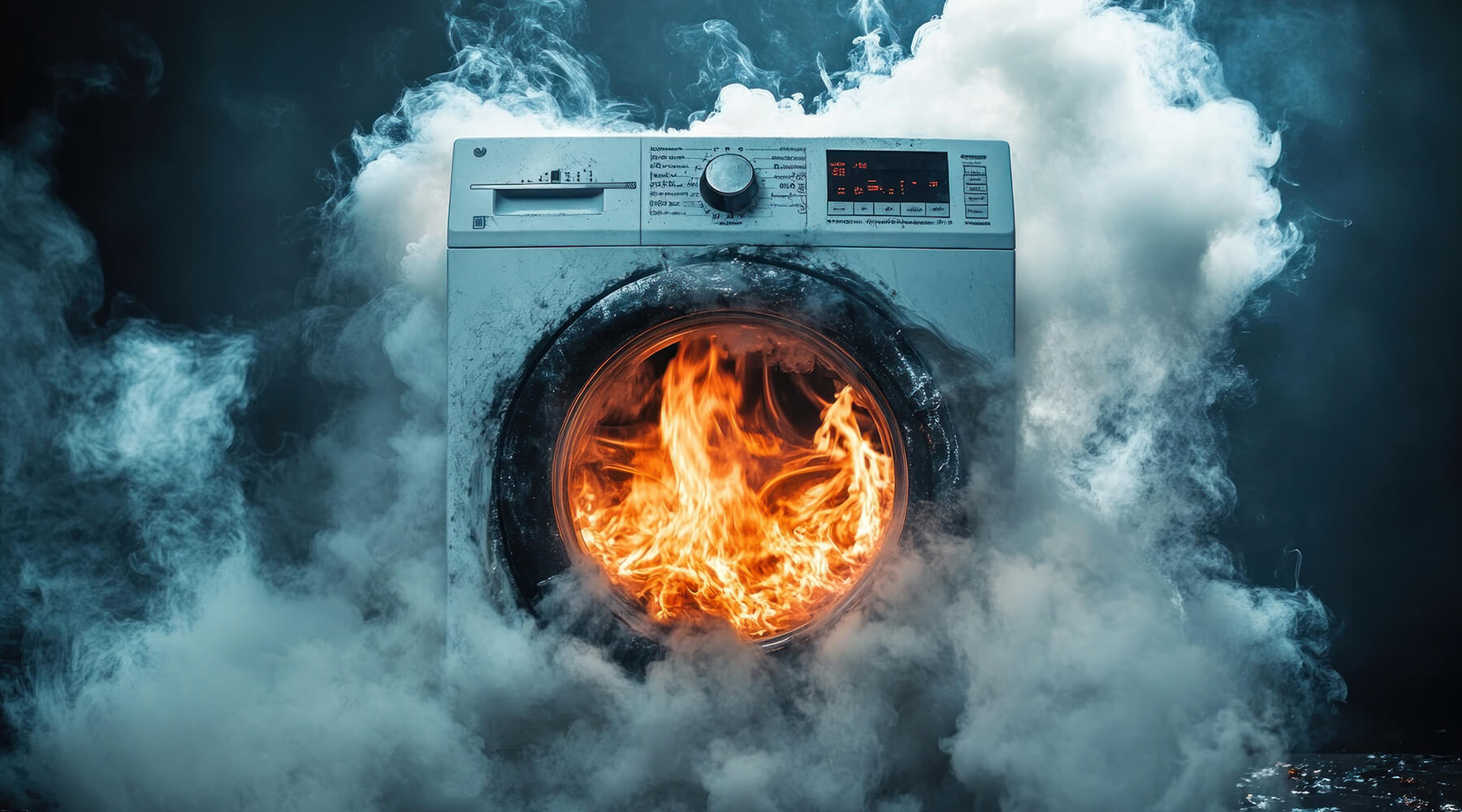Between 2010 and 2014, fire crews across North America responded to nearly 16,000 fires caused by laundry machines. For massage clinics, spas, and wellness facilities, these incidents serve as a sobering reminder that proper linen care is not just about hygiene—it's also about fire prevention and staff safety.
Why Treatment Linens Pose a Unique Risk
Massage linens in particular, absorb oils and creams during treatments. These residues, even after washing, can ignite when exposed to high heat—posing a significant fire hazard, especially in commercial dryers. Even worse, linens that are stacked while still warm can sometimes combust spontaneously.
Safe Drying Practices for Oily Linens
- Lower Your Dryer Settings: Avoid high heat cycles. Dry linens at the lowest effective temperature to reduce risk.
- Allow for Cooling: If your dryer has a cool-down cycle, use it. Linens should be allowed to cool fully before folding.
- Avoid Large Stacks: Once dry, separate linens into smaller piles. This helps dissipate residual heat and allows for airflow.
- Ventilate Storage: Store clean linens in well-ventilated areas. Avoid tightly packed, closed containers.
Don’t Overlook Your Laundry Room Surfaces
Residual massage oil can remain on folding tables, laundry baskets, and even inside the washer and dryer. Be sure to:
- Sanitize tables and shelves regularly.
- Clean laundry baskets between uses.
- Wipe down dryer drums and washer interiors weekly, especially if you use heavy oils in your treatments.
Even small oversights can increase risk. Encourage staff to clean up immediately after folding or sorting linens, and provide clear signage in laundry areas with safe washing instructions.
Clinic Linen Safety Protocol: A Step-by-Step Guide
1. Use PPE When Handling Used Linens
Staff should wear gloves and avoid holding soiled linens close to their body. Masks are recommended when sorting or pre-treating heavily used sheets. Store dirty linens in sealed bags or hampers until they can be laundered.
2. Pick a Massage Oil That’s Laundry-Friendly
Choose oils that are less likely to stain or leave residue. Avoid almond oil, which tends to cause yellowing and persistent odors. Check product labels for terms like “water-dispersible” or “non-staining.”
3. Use Hot Water for Both Wash and Rinse
Hot water helps break down oils. Cold water, on the other hand, causes oil to bond with fabric fibers, making it harder to remove. Always select hot settings unless the fabric’s care tag advises otherwise.
4. Choose a Detergent Designed for Grease Removal
Liquid detergents work better than powders on oil-heavy fabrics. Look for grease-cutting formulas. Our top picks: Pure Pro Orange Linen Degreaser and Myo-Ther N-Zyme Cleaner.
5. Act Quickly—Don’t Delay Laundry
Never leave freshly laundered sheets in enclosed bags or backpacks. A documented fire was caused this way in 2018. Linens should be washed promptly after use and allowed to cool completely before storage.
6. Educate Your Team
Staff should be trained on proper laundering protocols, including when and how to use PPE, the importance of low heat drying, and safe handling procedures. Update training whenever you introduce new products or procedures.
A Safer, Cleaner Clinic Starts in the Laundry Room
Proper linen care protects your staff, your clients, and your clinic from the dual threats of contamination and fire. It also preserves your linens, saving you money in the long run. These small adjustments can lead to a big improvement in operational safety and peace of mind.
Need to upgrade your linens? Explore our premium selection of massage sheets, towels, and laundry-safe oils—designed with safety and durability in mind.
